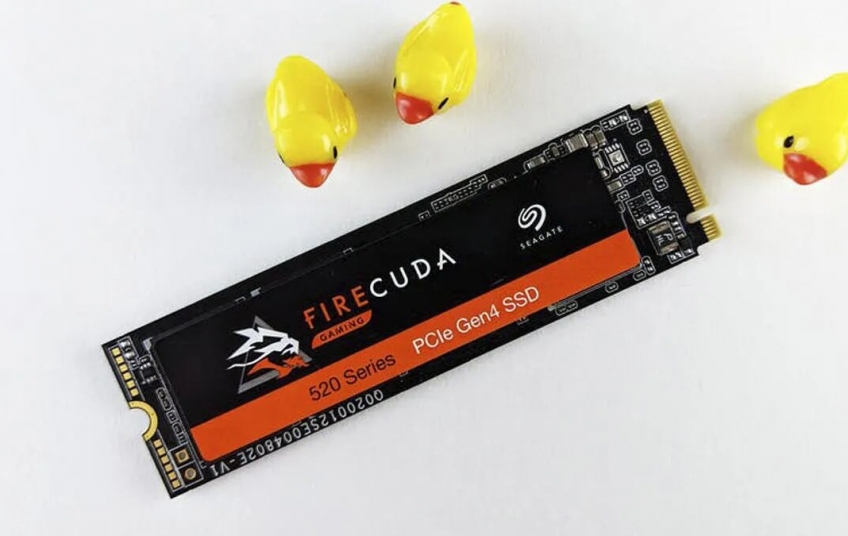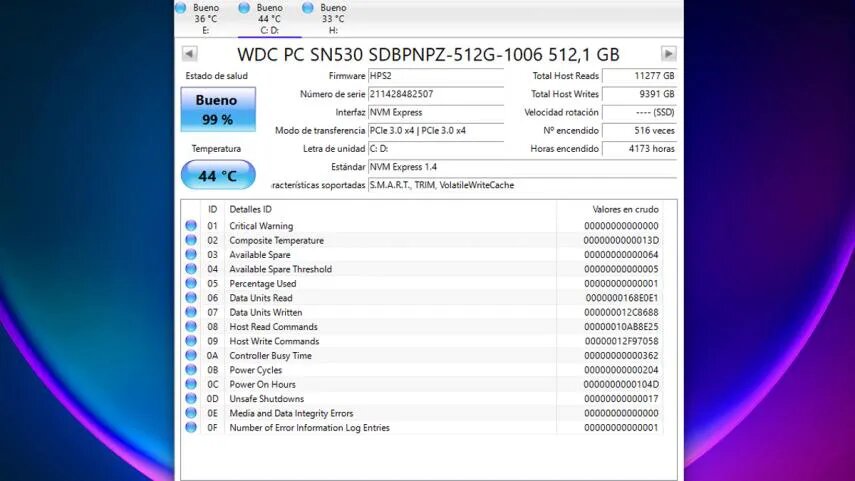All storage systems, both SSDs and hard drives, have a limited life. Today we are going to see how we can estimate the remaining life of those we have on our computer.
Although today's computers already come with SSD drives, there are still some that also incorporate a hard drive into the set.
We must be clear that both hard drives and SSDs have a limited life time, something that is much clearer in Solid State Drives, since their limitation comes from the number of write cycles they have.
SSDs are more powerful, faster and smaller, but they have that drawback. Hard drives (HDD) also last a certain time, but it will be more established by time and hours.
If we want to know a rough estimate of how much time each of them has left, you should keep reading, because we are going to tell you right now.
Average Lifespan of an SSD
As we have already told you, the average life of an SSD is marked by the number of writes that are made, since they are limited. As soon as the maximum is reached, the device will inexorably go into read-only mode.
This is due to the way this type of hardware is designed, making us aware that having a much faster interaction with our storage has a price that must be paid and that is none other than durability.
This does not mean that an average user is going to be left without the possibility of writing in a short time, not even the slightest. It may even be the case that there are users who need several years to run out of write cycles, so you should not worry.
Even so, it can be good to be curious and want to know how many years our SSD has left to live. The average for a modern SSD is around 700TB of data over its lifetime.
Obviously, this is a reference figure, so ours may last even longer or a little less, but as a guideline it can be used.
Average lifetime of a HDD
Hard disks do not have a durability that is marked by the same parameters as an SSD, since we go from a life estimated by the number of possible writes on the unit to having to measure the hours of operation, that is, a duration similar to many other devices.
It is estimated that a normal hard drive can have a useful life of about 20,000 hours on. This also does not mean that they are exact, some will last longer and others a little less.
Nor are we saying that at this time it stops working radically, we will surely have symptoms beforehand, such as having more damaged files than normal, strange disk sounds, slow access, power failures and similar things.
Durability estimation with CrystalDiskInfo
There is a program that we can use to know how the durability of our SSD or HDD is going.
It is not that it tells us exactly the time that each unit has left, but it does tell us what state it is in and we will know how we can proceed at that moment depending on what the verdict is.
Such program is CrystalDiskInfo, which is free and open source.
-
Once we have downloaded CrystalDiskInfo, we must install it and then run it.
-
Now it's time to look at Health Status, where we'll see how the SSD or HDD is doing.
-
If it says Good, nothing should worry us since it is in perfect conditions of use.
-
However, if it says Caution, it means the SSD or HDD is degrading and we should back up our files. In this case it is not extremely necessary, but it would be good to consider changing it just in case.
-
If it says Bad, the SSD's lifespan is at its last and with all chances to stop working properly shortly. In this case, it is extremely necessary to change the HDD or SSD.
-
Another piece of information that is very interesting, in the case of SSDs, is where it says Total Host Writes (upper right), since it is the data that has currently been written on said storage hardware.
-
In the case of seeing a hard disk, we should look at where it says Hours on, which will give us an idea of how long it can last, once we know the average data, which we have seen a moment ago.






